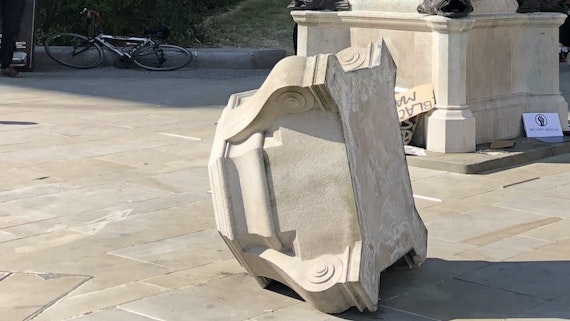Is Removing Statues Part of Cancel Culture?
This event has ended.
Contact
Add to calendar

In 2020, at least 94 Confederate statues were taken down in the US following the murder of George Floyd. In Canada, several monuments and memorials were removed, including six statues of John Macdonald, and statues of Queen Victoria and Queen Elizabeth II. In Australia, Indigenous communities have called for the country to stop celebrating the national holiday on January 26th, since this marks a day when ships arrived from Britain, leading to devastation of Aboriginal community and culture. In England, the 2020 toppling of Edward Colston’s statue galvanized local governments across the country to embark on reviews of their statues and other public symbols.
Are these events part of cancel culture? Is it possible to remove or significantly alter statues, and make other major changes to public symbols, in a way that does not participate in cancel culture? Cancel culture, as I shall argue, is morally problematic, because it fails to express an attitude of fundamental respect towards each person as an end in themselves. I define and critique cancel culture by drawing on Linda Radzik’s work on the justifying conditions of social punishment. We should avoid participating in cancel culture. We should also be cautious about acting in ways that either foreseeably feed into it or will be widely perceived as doing so. If removing or altering public symbols were necessarily part of cancel culture, this would count against them as strategies for symbolically repairing legacies of historic injustice.
I argue that it is possible to make significant changes to public symbols, including removing or recontextualizing them, in a way that is morally exemplary and is not part of cancel culture. However, achieving this depends on how the changes are made. I outline a mixture of principles and concrete measures that can help to achieve positive, universally respectful changes to public symbols.
Dr Burch-Brown is Senior Lecturer in Philosophy at University of Bristol, Co-chair of the We Are Bristol History Commission, and one of the lead authors of the commission's recent report "The Colston Statue: What's Next?".
John Percival Building
Colum Drive
Cardiff
CF10 3EU